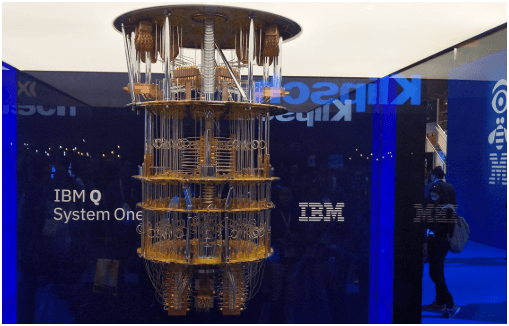
Houston Methodist to build a tech hub within the Ion
[ad_1]
Houston Methodist plans to build an innovation hub to advance medical technology within the Ion, a technology park and innovation district in Midtown.
The tech hub, expected to open later this year, will be modeled after Houston Methodist’s Center for Innovation Technology Hub, which opened on Methodist’s campus in early 2020 to provide a laboratory environment for the latest innovations in health care technology, such as remote monitoring and virtual reality. The space at the Ion will be a smaller version of the original space.
The purpose of the expanding into the Ion is to collaborate with other tenants and entrepreneurs from various industries, such as aerospace, energy, and oil and gas companies already embedded in the innovation hub, said Michelle Stansbury, vice president of Innovation and IT Applications at Houston Methodist.
“We really want to tap into that talent of entrepreneurs that are going to be in that space, that are across industries that can help healthcare transform in the digital space,” Stansbury said. “We’ve always believed that there’s lots of opportunities for us outside of health care to do that.”
The Ion, a renovated former Sears building in Midtown, debuted last year, providing space for tenants ranging from startups to Fortune 500 companies such as Microsoft and Chevron. Methodist and the Ion were in talks about a collaboration before the building opened, Stansbury said.
The deal was just signed, and Methodist is in talks with architects planning out the space, she said. They currently do not have an estimate of how much the project will cost, Stansbury said.
Methodist’s Tech Hub at the Ion will take up a roughly 1,200-square-foot space, which will first be used for informational and educational programming, networking, mentoring and pitch competitions.
Jan Odegard, executive director of the Ion, said the partnership made a lot of sense . Although the Ion is only a few light rail stops from the Texas Medical Center, Odegard said he wanted to find a way to bring the two organizations closer together.
It’s not uncommon for doctors and researchers from the Texas Medical Center to come to the Ion and use the prototyping lab, which is equipped with 3D printers and laser cutters to turn an idea sketched out on a napkin into a three-dimensional prototype. It only makes sense that one of the major hospitals in the medical center have a space within the Ion, he said.
“We’re definitely looking to have a tighter connection (with the medical center),” Odegard said. “We’re excited to have a leading healthcare organization participate in the programming that we have here.”
becca
[ad_2]
Source link







